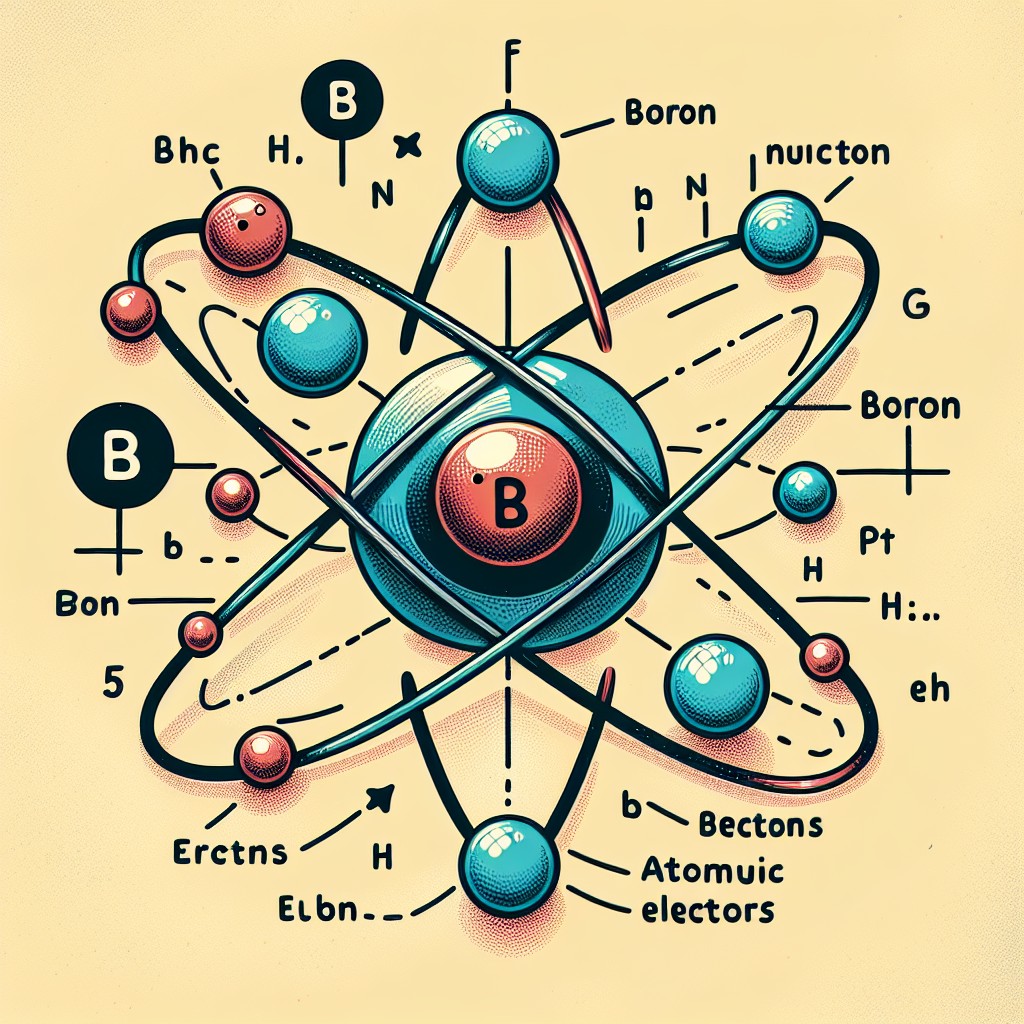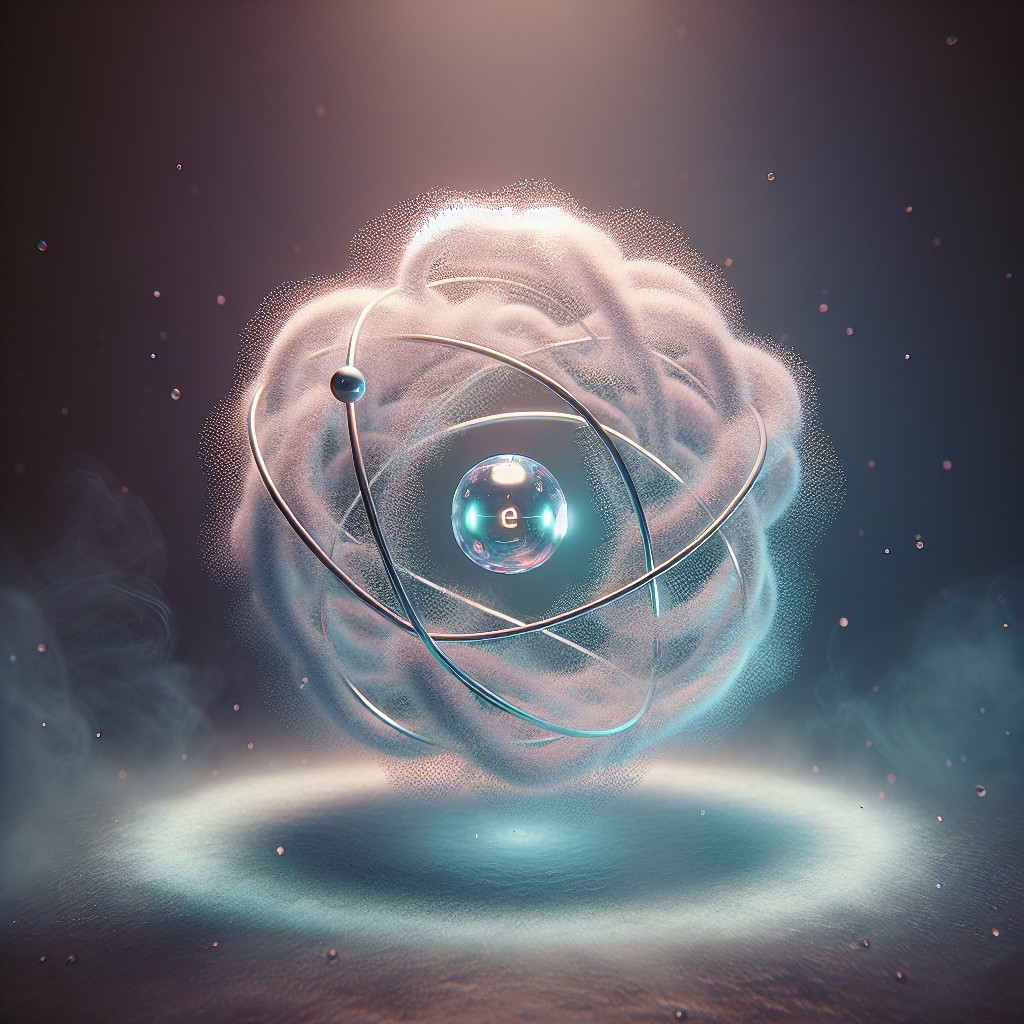| Date | Type | Event |
|---|---|---|
| 1933-01-05 | In 1933 America started work on its Golden Gate Bridge. The Golden Gate Straight is a mile-wide and three-mile-long channel between San Francisco and Marin County in California, USA. On this day, work began bridging the gap with a 2.7 km or 1.7 mile suspension bridge. The bridge officially opened on the 27th of May 1937 taking a little over four years to complete. | |
| 1933-11-12 | In 1933 Mr Hugh Gray claimed to have taken photographic evidence of the Loch Ness Monster The original mention of a monster in Loch Ness comes from St Columba's biography in 565 AD. However modern-day sightings and ‘hype’ started again in 1933, after the release of the original King Kong movie which featured a long sea serpent-like creature. The King Kong movie was released on the 2nd of March 1933 and was closely followed by the first ‘photographic evidence’ of the Loch Ness Monster said to have been taken on the 12th of November 1933 by a Mr Hugh Grey. The photo is an extremely blurred and out-of-focus image which could resemble many things but was released on the front cover of the Scottish Daily on the 8th of December under the heading of “Monster photographs of the mysterious Loch Ness object”. The Daily Mail added to the hype by hiring movie maker and big-game-hunter, Marmaduke Wetherell (or Duke Wetherell), to investigate. Despite finding no real evidence the claim of possible giant footprints on the side of the lock not only sold papers but increased belief in the monster. Claimed sightings continued and then on the 21st of April 1934 the much clearer and more famous picture was published. The famous picture of the Loch Ness Monster was on the cover of newspapers after Dr Robert Kenneth Wilson claimed the image was genuine and taken on the 19th of April 1934. Dr Wilson requested not to be affiliated with the photo when it went to print leading to its nickname as the ‘surgeon’s photo’. This image was later proven not to be as genuine as claimed but not until it was first analysed by an expert 50 years later in 1984. The analyst concluded that the object in question was much smaller than originally claimed and only 2 or 3 feet in length. It later emerged that the most famous image, and strongest evidence of the monster, was indeed a hoax. In 1993 the stepson of Marmaduke Wetherell, Christian Spurling, admitted to being part of the conspiracy. He stated that he had made the object out of a toy submarine bought in Woolworths with a homemade head, made of wood and plastic, attached to it. Spurling claimed that the hoax was an attempt by Marmaduke to get back at the Daily Mail. After Duke Wetheraell made the discovery of the footprints on the shore off the lock back in 1934 he had casts made of them. These casts were then sent off for analysis at the Natural History Museum. When the analysis was complete the experts informed Wetherall that the footprints were those of a hippopotamus. Wetherall himself had been hoaxed and the Daily Mail newspaper began a campaign of humiliating the Duke when they heard of his mistake and so Marmaduke planned his revenge. He was aided by Dr Robert Kenneth Wilson who gave credibility to the rouse as well as a Mr Maurice Chambers. The mention of Chambers gave added credibility to Spurling’s claim as Chambers was the man Dr Kenneth had said he was visiting on the night he took the photo. As Dr Kenneth had wanted to keep his animosity his original statement was kept secret. | |
| 1933-12-08 | In 1933 the first photographic evidence of the Loch Ness Monster was published The original mention of a monster in Loch Ness comes from St Columba's biography in 565 AD. However modern-day sightings and ‘hype’ started again in 1933, after the release of the original King Kong movie which featured a long sea serpent-like creature. The King Kong movie was released on the 2nd of March 1933 and was closely followed by the first ‘photographic evidence’ of the Loch Ness Monster said to have been taken on the 12th of November 1933 by Mr. Hugh Grey. The photo is an extremely blurred and out-of-focus image which could resemble many things but was released on the front cover of the Scottish Daily on the 8th of December under the heading of “Monster photographs of the mysterious Loch Ness object”. The Daily Mail added to the hype by hiring movie maker and big-game-hunter, Marmaduke Wetherell (or Duke Wetherell), to investigate. Despite finding no real evidence the claim of possible giant footprints on the side of the lock not only sold papers but increased belief in the monster. Claimed sightings continued and then on the 21st of April 1934 a much clearer and more famous picture was published. The famous picture of the Loch Ness Monster was on the cover of newspapers after Dr Robert Kenneth Wilson claimed the image was genuine and taken on the 19th of April 1934. Dr Wilson requested not to be affiliated with the photo when it went to print leading to its nickname as the ‘surgeon’s photo’. This image was later proven not to be as genuine as claimed but not until it was first analysed by an expert 50 years later in 1984. The analyst concluded that the object in question was much smaller than originally claimed and only 2 or 3 feet in length. It later emerged that the most famous image, and strongest evidence of the monster, was indeed a hoax. In 1993 the stepson of Marmaduke Wetherell, Christian Spurling, admitted to being part of the conspiracy. He stated that he had made the object out of a toy submarine bought in Woolworths with a homemade head, made of wood and plastic, attached to it. Spurling claimed that the hoax was an attempt by Marmaduke to get back at the Daily Mail. After Duke Wetheraell made the discovery of the footprints on the shore off the lock back in 1934 he had casts made of them. These casts were then sent off for analysis at the Natural History Museum. When the analysis was complete the experts informed Wetherall that the footprints were those of a hippopotamus. Wetherall himself had been hoaxed and the Daily Mail newspaper began a campaign of humiliating the Duke when they heard of his mistake and so Marmaduke planned his revenge. He was aided by Dr Robert Kenneth Wilson who gave credibility to the rouse as well as a Mr Maurice Chambers. The mention of Chambers gave added credibility to Spurling’s claim as Chambers was the man Dr Kenneth had said he was visiting on the night he took the photo. As Dr Kenneth had wanted to keep his animosity his original statement was kept secret. |


